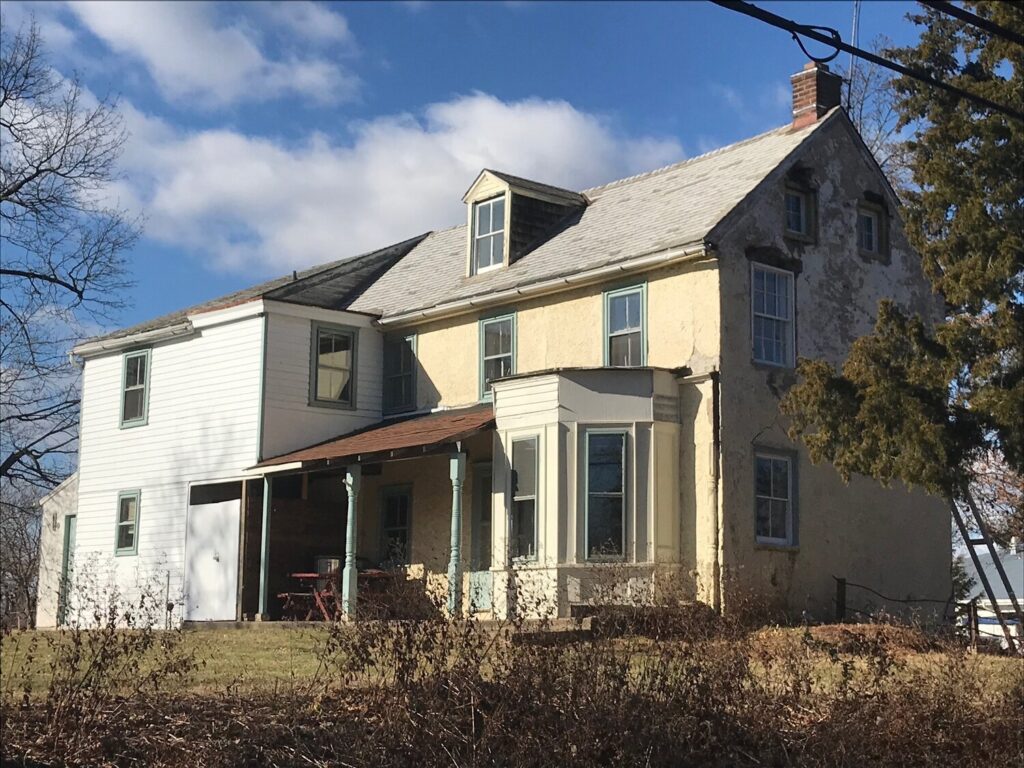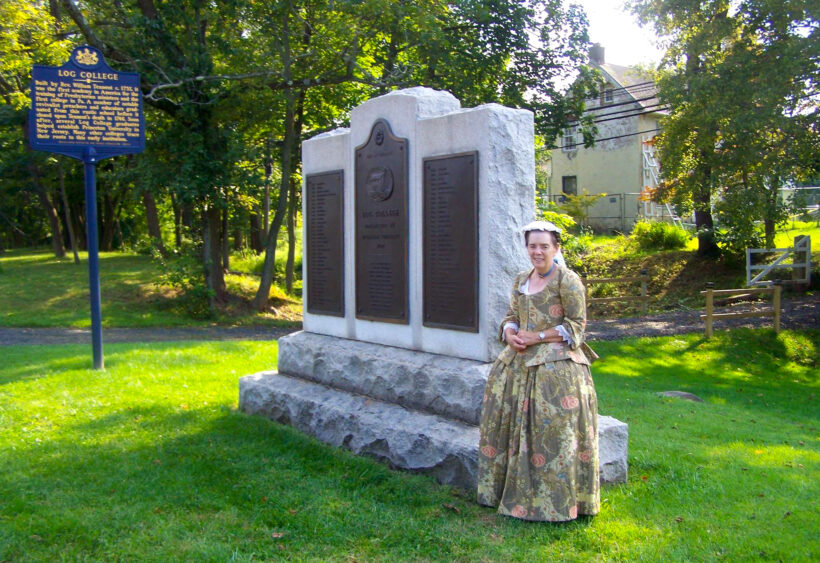Below is a post authored by Wendy Wirsch for The Log College Press Blog. You can view the original post here.
The Rev. William Tennent, Sr. helped light the fires for revival at the beginning of the First Great Awakening. He lived on a hundred-acre plantation in Warminster, Bucks County, Pennsylvania. Today what was once William Tennent’s property is now the children’s campus for Christ’s Home. Near his house he built a log cabin school for the training of Presbyterian ministers. This school became known as the Log College. All of his known graduates became revivalist preachers except for one who became a medical doctor. After William Tennent’s death on May 6, 1746, the Log College closed its doors. John 12:24 says, “Truly, truly I say to you, unless a grain of wheat falls into the earth and dies. It remains alone, but if it dies, it bears much fruit.” The death of this “grain of wheat” produced sixty-three colleges and universities. The first offshoot was Princeton University.
In 2011 the William Tennent House Association (WTHA) became a nonprofit 501 (c) 3 formed to restore the home commonly known as the William Tennent House. This house stands diagonally behind the Log College Monument which lists the sixty-three colleges and universities. The WTHA began working with the historic preservation department of AECOM. Currently the Association is working with Michael Cuba and Dale Emde, timber framers, and Jeffrey Marshall, President of the Heritage Conservancy.
Here’s an update on the efforts to restore the house. The Historic Resource Survey Report compiled by AECOM’s historic preservation department was submitted to the Pennsylvania Historical and Museum Commission for their review in order to get eligibility for the National Registry. Unfortunately, the PHMC turned down our submission, but we’re not giving up.
During the summer of 2019 we began working with Michael Cuba and Dale Emde, timber framers along with advice from Jeffrey Marshall of the Heritage Conservancy in Doylestown, PA. After thorough examination of the structure, Michael and Jeffrey tell us that this is a totally rebuilt house with materials from other structures. The two stone ends where the fireplaces are located are probably original. Also, the original house was a one or one-and-a-half story log home. We don’t know why William Tennent advertised it as a two-story dwelling in the Pennsylvania Gazette. We know from our research that this is the location of his house.
Michael Cuba and Dale Emde took core samples of wood from the interior of the home for dendrochronology and sent them to the Oxford Dendrochronology Lab in Oxford, England. Dendrochronology will help us date the structure. The results should be in by March.
In the ceiling of the basement there are logs that look like they came from a log cabin structure. I often wondered if they came from the Log College. Unfortunately, we may never know. When Michael took a core sample from one of the logs, he discovered the logs were chestnut. In the 18th century a blight wiped out all of the chestnut trees so there is no sample we can compare it to.
Currently the WTHA is raising money to stabilize the north wall and put a temporary roof over the existing roof. We also need to raise money for ground penetrating radar to check the foundation and conduct an archaeological dig on the property. Archaeology will tell the story of this house and who lived there. When we raise even more money, we will have Jeffrey Marshall resubmit a revised HRSF to the PHMC.
This house has always been known as the William Tennent House. Inspired by William Tennent and the impact of the Log College our mission is to raise awareness of his lasting contributions to higher education in the American middle colonies, as well as Tennent’s spiritual influence on the founding of our nation. We envision the William Tennent House as a place where the community and school students will learn about the life of William Tennent and his important contribution to American history and spiritual renewal. The home will be open for tours to the public, and a library will be opened for anyone who wants to do research.
I believe this house holds a secret, and I’m determined to find out what it is.
If you want to contribute to our cause, please make a donation or become a member.


